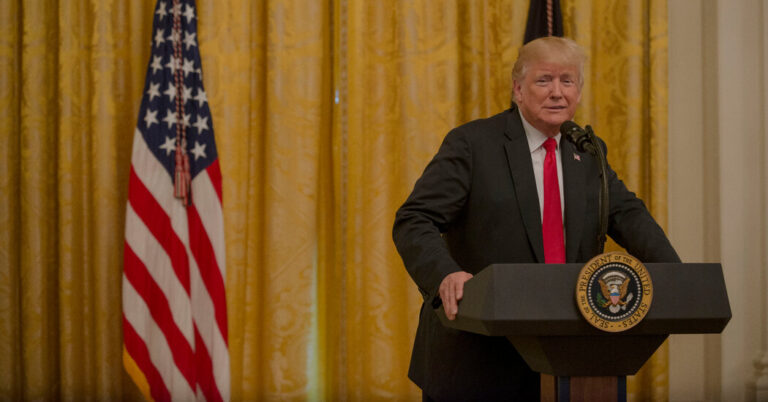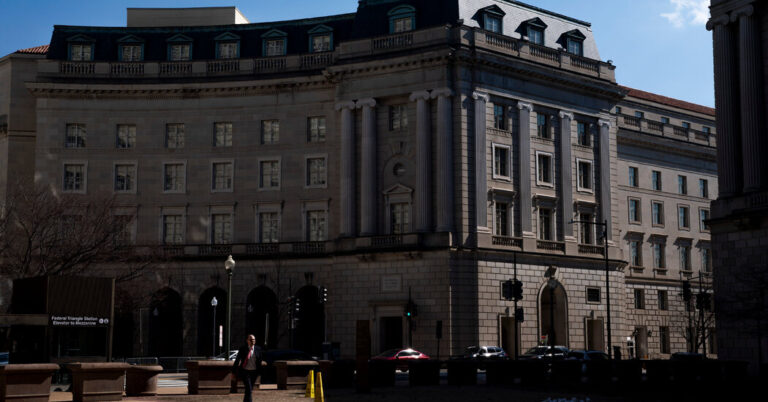The mayor of Washington, D.C., ordered citywide spending and hiring freezes on Tuesday and raised the possibility of furloughs after the U.S. House of Representatives left for recess with the District still facing a potential billion-dollar budget cut.
The order does not lay out specific cuts, but it paves the way for possible steep reductions to city services if Congress does not act in the next few weeks.
The budget crunch is not the only challenge the District has been wrestling with since Republicans took full control of the federal government. Mass layoffs of federal workers are projected to cost the city a billion dollars in lost revenue over the next three years. At the same time, President Trump and multiple Republican lawmakers have threatened to strip the city of its local government entirely.
But the looming budget emergency has been particularly frustrating to local officials, who believe it reflects a basic misunderstanding of how the city’s budget works.
In the resolution that Congress passed in March to fund the federal government for another six months, the budgets of all federal agencies were frozen at the level of the 2024 fiscal year. But in a departure from decades of practice, the House’s resolution did not exempt the District from that freeze, even though the budget funds being frozen were locally raised tax revenues, not federal dollars. The effect would be a $1.1 billion cut in anticipated spending, made all the more difficult because the District is already halfway through the current fiscal year.
District officials lobbied lawmakers for a fix, and after approving the funding resolution, the U.S. Senate unanimously passed a bill sparing the District’s budget. With President Trump himself explicitly endorsing the bill, the odds seemed to suggest that the threat to D.C. would be headed off. But weeks passed and the House did not act, with some lawmakers hoping to add on amendments pertaining to matters like abortion and cannabis that could hinder any chance of quick passage.
The situation grew urgent when the House left for its two-week recess last week without approving the D.C. fix, and district officials began making their contingency plans public.
On Monday, Mayor Muriel Bowser sent a letter to congressional leaders notifying them that, under a 2009 federal law, D.C. has the authority to increase its local appropriations by 6 percent this year, partly closing the billion-dollar gap.
This would still leave the District with a roughly $410 million shortfall, and the mayor’s order on Tuesday was the strongest indication yet of the potential pain to come. While the order specified some facilities that would not be considered for closure, such as schools and shelters, all agencies — including the police and fire departments — would face hiring and overtime freezes, though waivers would be granted on a case-by-case basis.
D.C. officials are now preparing a supplemental budget with a litany of service cuts while still hoping the House acts when it returns at the end of the month.
At an event on Monday, Ms. Bowser expressed irritation about the entire situation. “It’s not like we’re talking about cutting services because we don’t have the money — we do have the money,” she said. But under federal law, the city needs permission from Congress to spend its own money, she said.
“I can only tell you how frustrating it is right now,” Ms. Bowser said.












